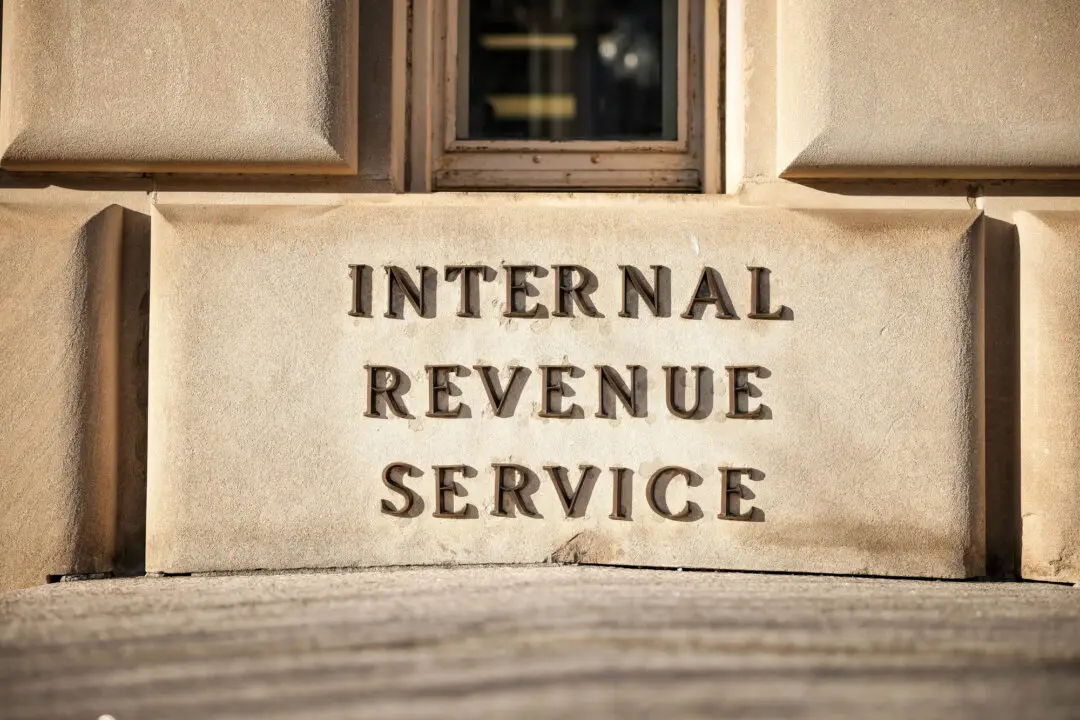The CCP virus outbreak and federal relief efforts to counteract its economic impact will cloud the long-term fiscal outlook for decades to come, the Congressional Budget Office (CBO) said on Monday, releasing new forecasts that show federal government debt will likely surge to 104 percent in 2021 and in 2050 will be nearly twice America’s economic output.
In its long-term budget outlook, the CBO said that, by the end of 2020, the federal debt held by the public is projected to amount to to 98 percent of gross domestic product (GDP), up from 79 percent in 2019. As federal spending continues to rise, the debt is forecast to reach 104 percent of GDP in 2021 and, by 2023, is projected to exceed the record debt-to-GDP level set at the end of World War II.





